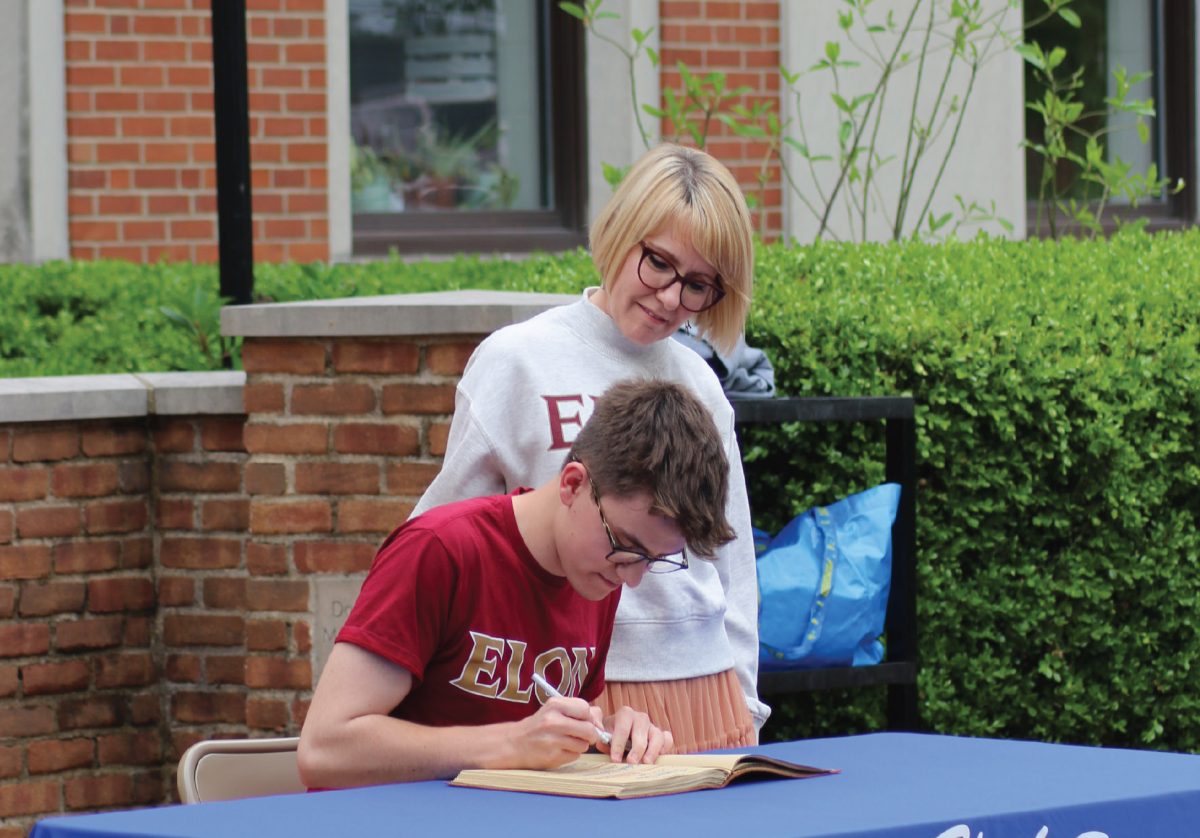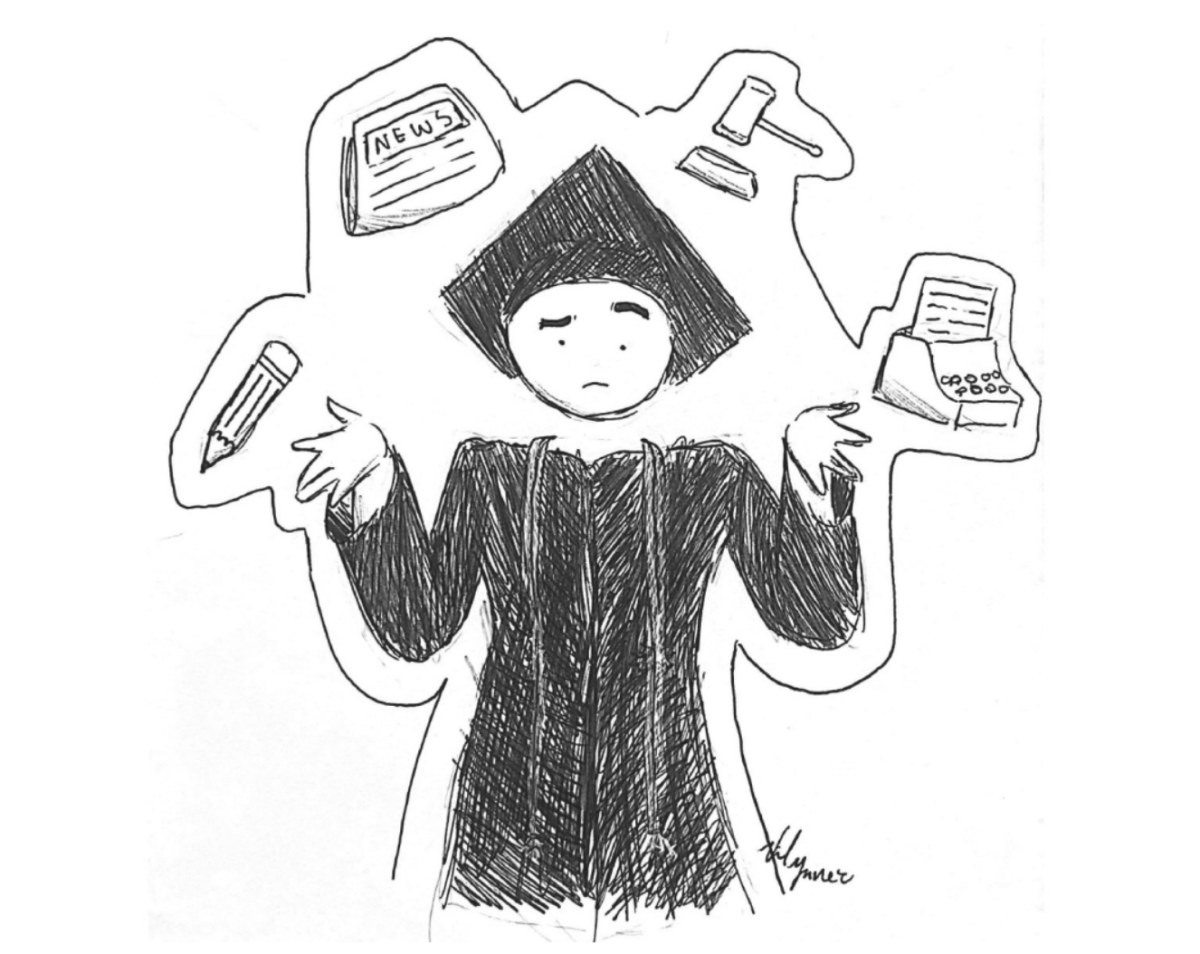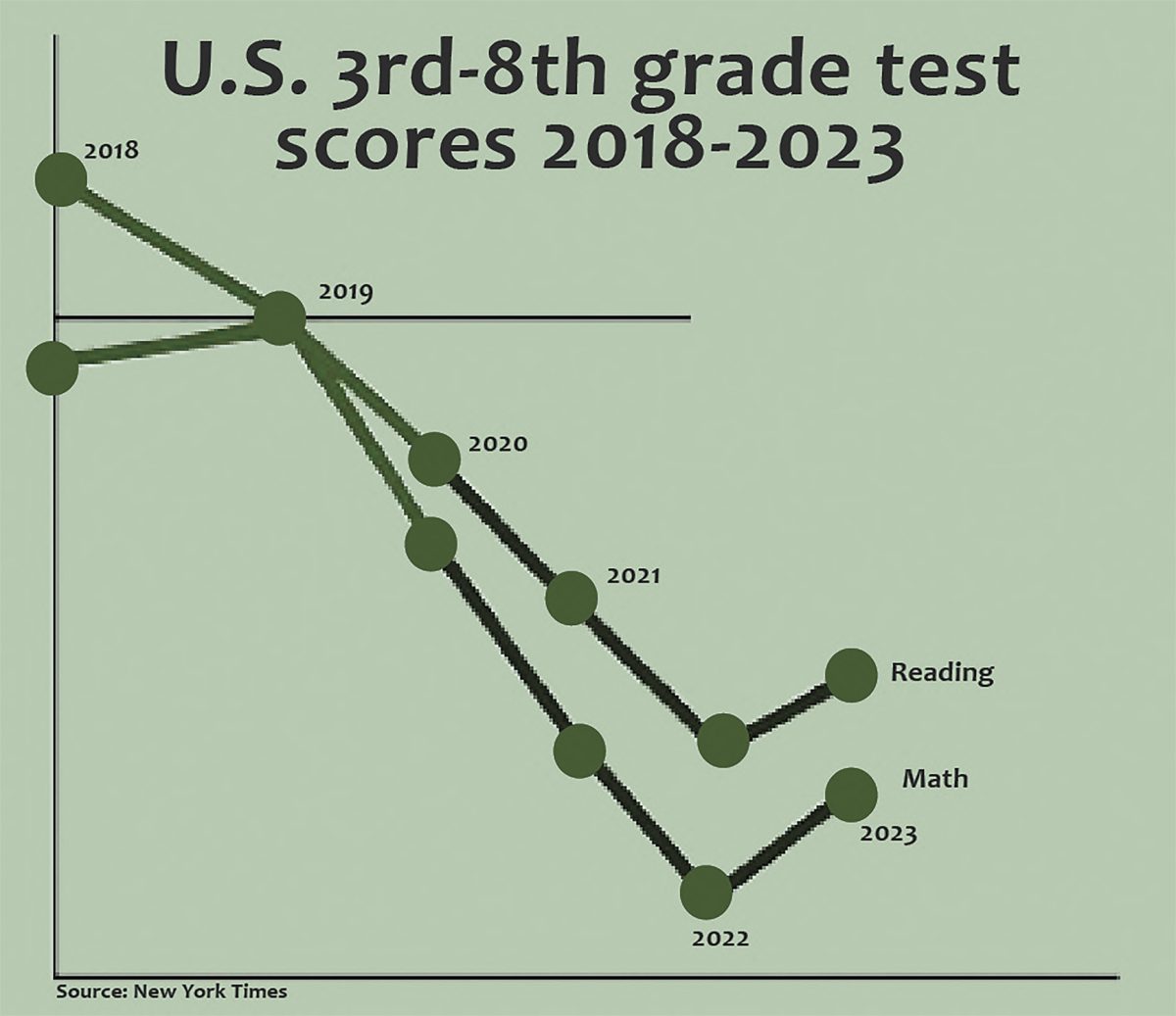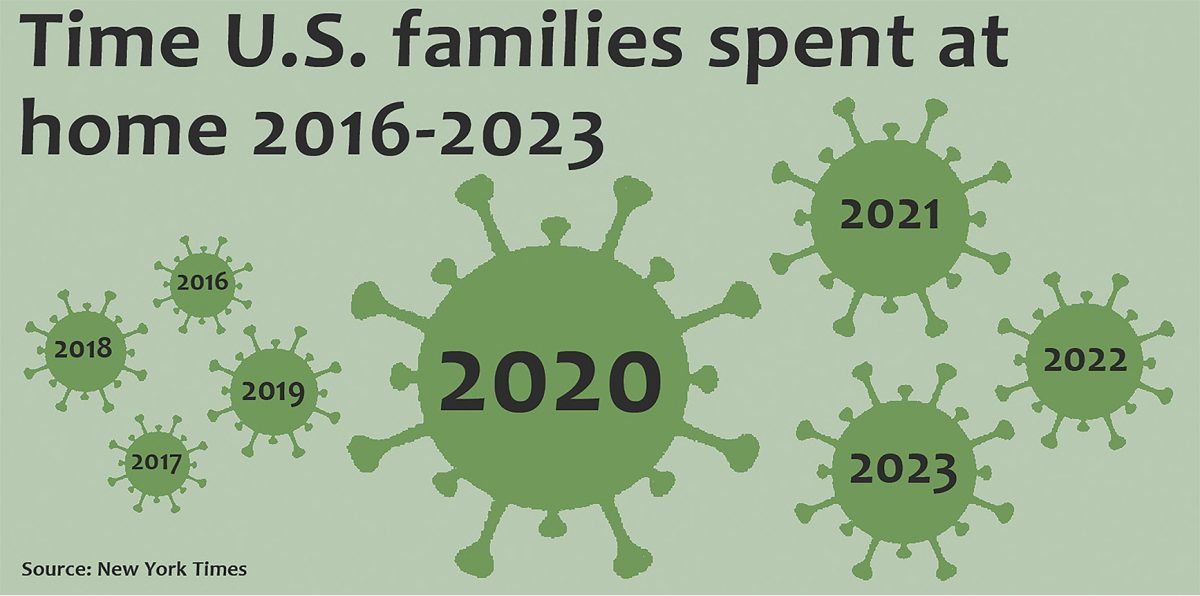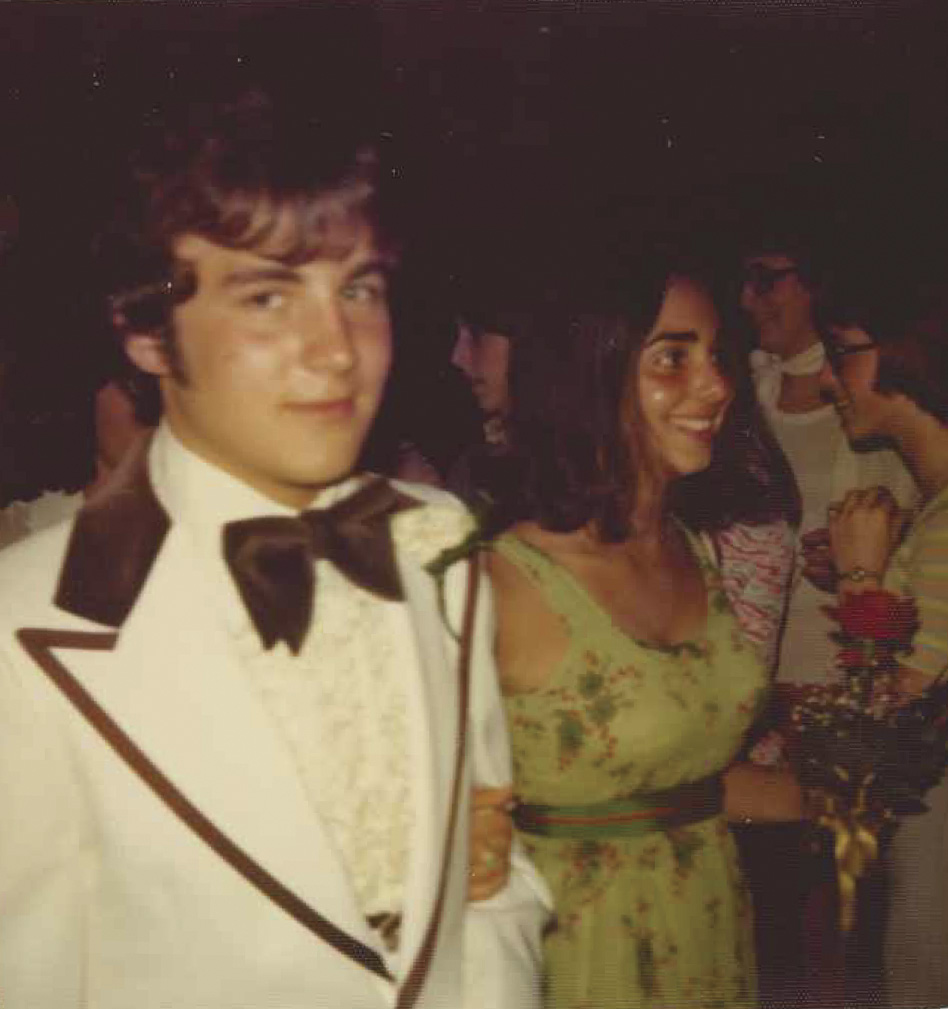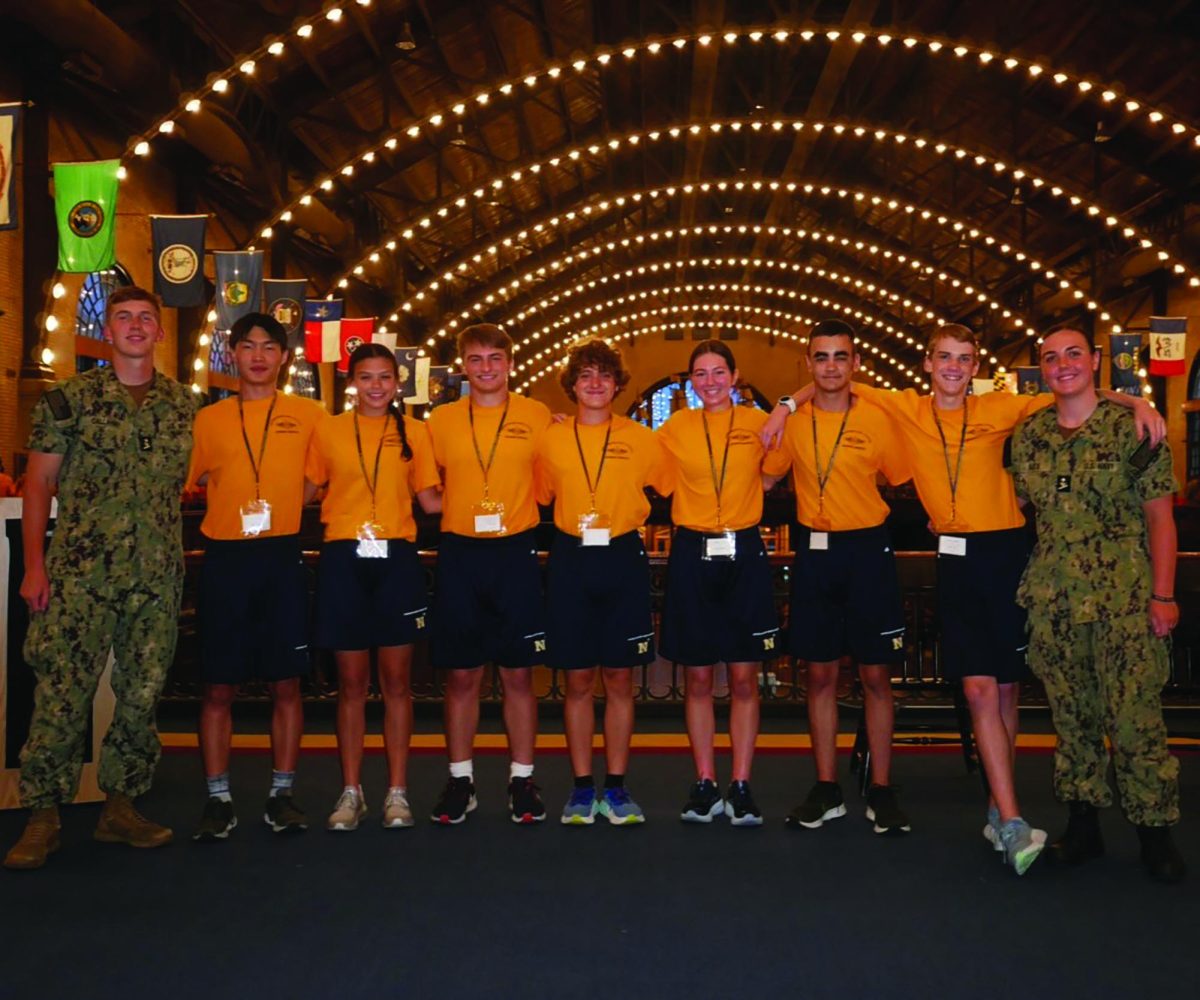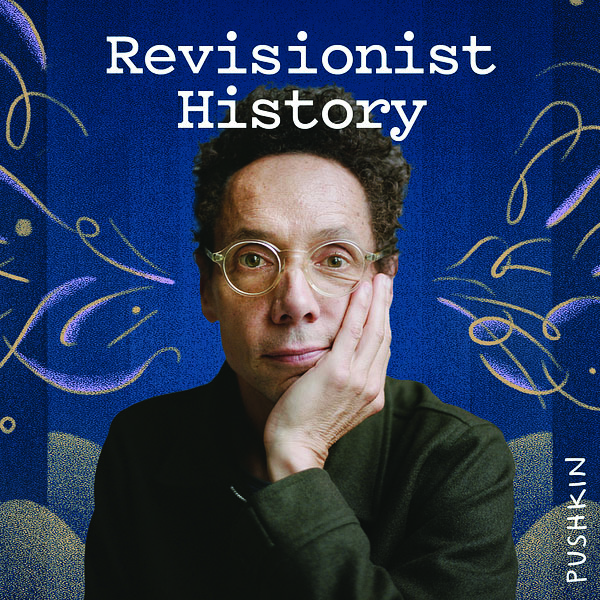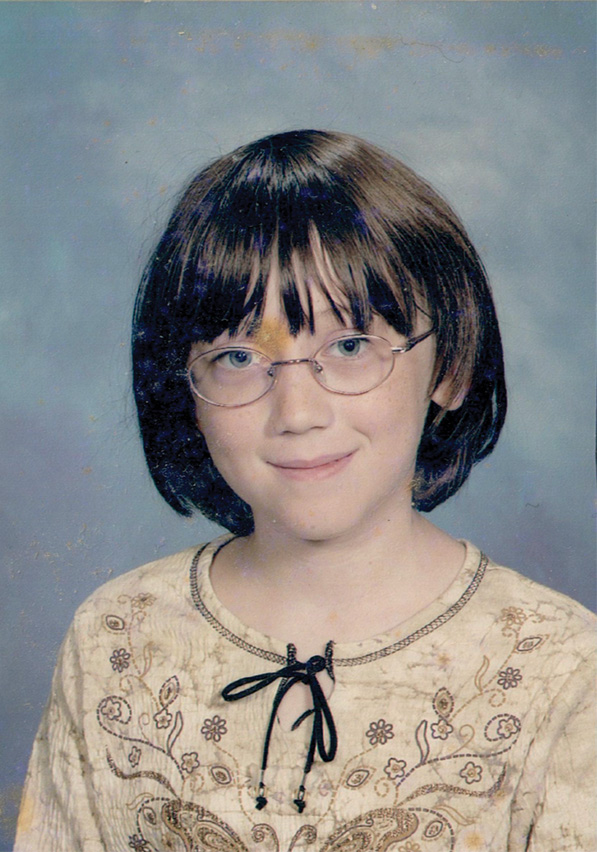As the world continues to adjust to changes amidst COVID-19, high school teachers have faced the task of educating students under rare and unforeseeable circumstances. Stepping up to the challenge, teachers have had to maintain the quality of teaching present before the chaos of the pandemic while simultaneously having to permanently change aspects of their teaching styles.

The teaching methods that became necessary for teachers to use in such a short amount of time were drastically different, math teacher Melissa McCreary said.
“When I think about what I didn’t know at spring break of 2020 compared to what I needed to know three weeks after that is like night and day,” McCreary explained.
One major change she mentioned was the use of technology, saying that she had to spend time becoming more confident working through the computer.
“I was forced to learn, which was a good thing because now I feel more comfortable,” McCreary said.
Similarly, English teacher Jamie Hayes overcame the discomfort of navigating unfamiliar circumstances with technology and decided to make the switch to doing her grading online.
“It’s something I am still doing now, and I actually like grading online,” Hayes said.
The convenience of grading online allows her to quickly see who submitted work and who did not, as well as giving students immediate feedback on their work which has shown to be beneficial for both herself and the students, Hayes said.
Hayes is not the only teacher, however, who has transferred classroom information to a completely online system. Social studies teacher Scott King-Owen said he has continued to keep his class content on the computers, which gave him more technological responsibility.
“So much of my teaching has become digital, I have to manage a lot more electronic moving parts,” King-Owen said.
The management and understanding of the new resources was left up to the teachers to figure out on their own as a result of everything being completely altered and foreign to everyone, King-Owen explained. This sense of uncertainty in teaching, he noted, was a familiar feeling.
“If you look at this pandemic, with teachers, it made us all feel like first-year teachers again,” King-Owen said.
Although the “moving parts” King-Owen described were difficult to manage in the beginning, he said that he will continue using the available technological resources, especially Chromebooks.
Art teacher Helma Groot also took advantage of the provided resources. However, she said her student engagement was lacking, which caused her to come up with a more unique strategy to attract her students’ attention.
“I started to include pictures of Creampuff, my cat, in my emails, and people were much more likely to read my emails with the pictures in there,” Groot said.
While Groot worked to improve her student interaction, King-Owen worked to extend the available resources for the class beyond a solely academic purpose.
“Fundamentally, my change is going to be my awareness of mental health and social-emotional concerns,” King-Owen said.
His tactics within the classroom to work toward improving students’ mental health include conducting surveys and allowing them to meet one-on-one for any assistance they would like, King-Owen explained. He added that another change he made to address this concern was implementing more discussions and projects so that students had the opportunity to interact with each other.
“I did a project where students made a documentary…because that meant every single day for a month they had to interact and decide how to work together,” King-Owen said.
The 2020-2021 school year was the first time he assigned this project, and he said he plans on continuing in the future because of the positive feedback he received.
Implementing more discussion in class was also an approach Hayes took as she tried to reestablish the interactive class environment she had created prior to COVID-19.
“I struggled with how to maintain a classroom community with the different modes of learning,” Hayes said.
While Hayes altered her teaching to become more creative with the ways in which she connected with students, King-Owen had a different approach with his changes, with one objective overarching the adjustments he made to his teaching methods.
“I am going to craft what I can and try to give some stability to students… make the world at least feel more predictable,” King-Owen said.
